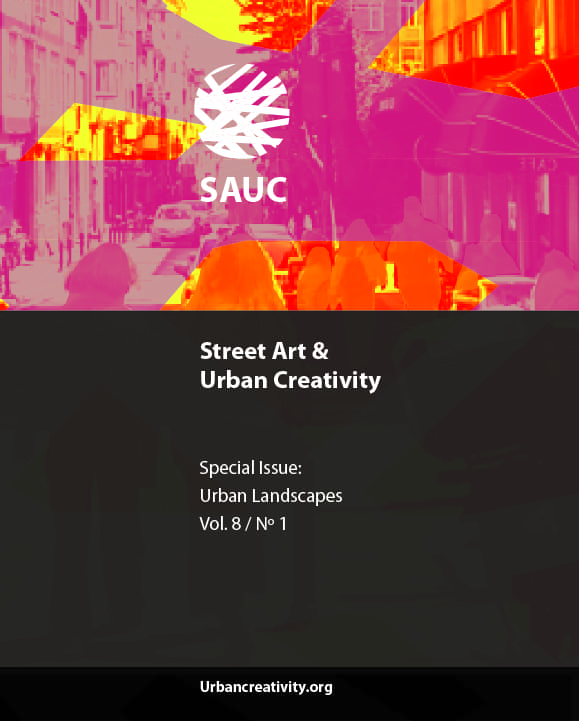Investigating the Relationship Between Water Element Designs and User Preferences
DOI:
https://doi.org/10.25765/sauc.v8i1.573Keywords:
Water Element, Form, Design, Landscape Perception, Color, LigthingAbstract
Water elements are design features that complement the environmental landscape with their natural and artificial appearance, particularly in urban spaces. They are effective in boosting the quality of urban space by supporting perceived and real comfort in the area where they are found. In this study, a face-to-face interview photographic survey was conducted with 500 people chosen randomly in five different city squares in Istanbul, whereas participants were asked why they preferred particular water element forms, such as; (natural/geometric form, still / moving form, light / dark colored ground, angular/curvilinear form, natural/colored light). According to the results of the survey conducted, answers provided were grouped under the headings of ‘no reason,’ ‘physical feature,’ ‘psychological effect,’ ‘aesthetic appearance,’ ‘nature conservation,’ ‘modern’ and ‘cleaning.’ As a result of the research, it was observed that water elements with natural forms were preferred over those with geometric forms, water elements with light-colored floors were preferred over those with dark floors, and water elements illuminated with natural light were preferred over those illuminated with colored light. While physical appearance, psychological effect, and aesthetic features of the water elements are the primary factors in the preference of the water element, it was determined that definitions such as cleanliness, nature conservation, and modern appearance are not as influential compared to other selection factors.
Downloads
Global Statistics ℹ️
|
207
Views
|
180
Downloads
|
|
387
Total
|
|
Downloads
Published
How to Cite
Issue
Section
License
Those authors who publish in this journal accept the following terms:
-
Authors retain copyright.
-
Authors transfer to the journal the right of first publication. The journal also owns the publishing rights.
-
All published contents are governed by an Attribution-NoDerivatives 4.0 International License.
Access the informative version and legal text of the license. By virtue of this, third parties are allowed to use what is published as long as they mention the authorship of the work and the first publication in this journal. If you transform the material, you may not distribute the modified work. -
Authors may make other independent and additional contractual arrangements for non-exclusive distribution of the version of the article published in this journal (e.g., inclusion in an institutional repository or publication in a book) as long as they clearly indicate that the work was first published in this journal.
- Authors are allowed and recommended to publish their work on the Internet (for example on institutional and personal websites), following the publication of, and referencing the journal, as this could lead to constructive exchanges and a more extensive and quick circulation of published works (see The Effect of Open Access).













